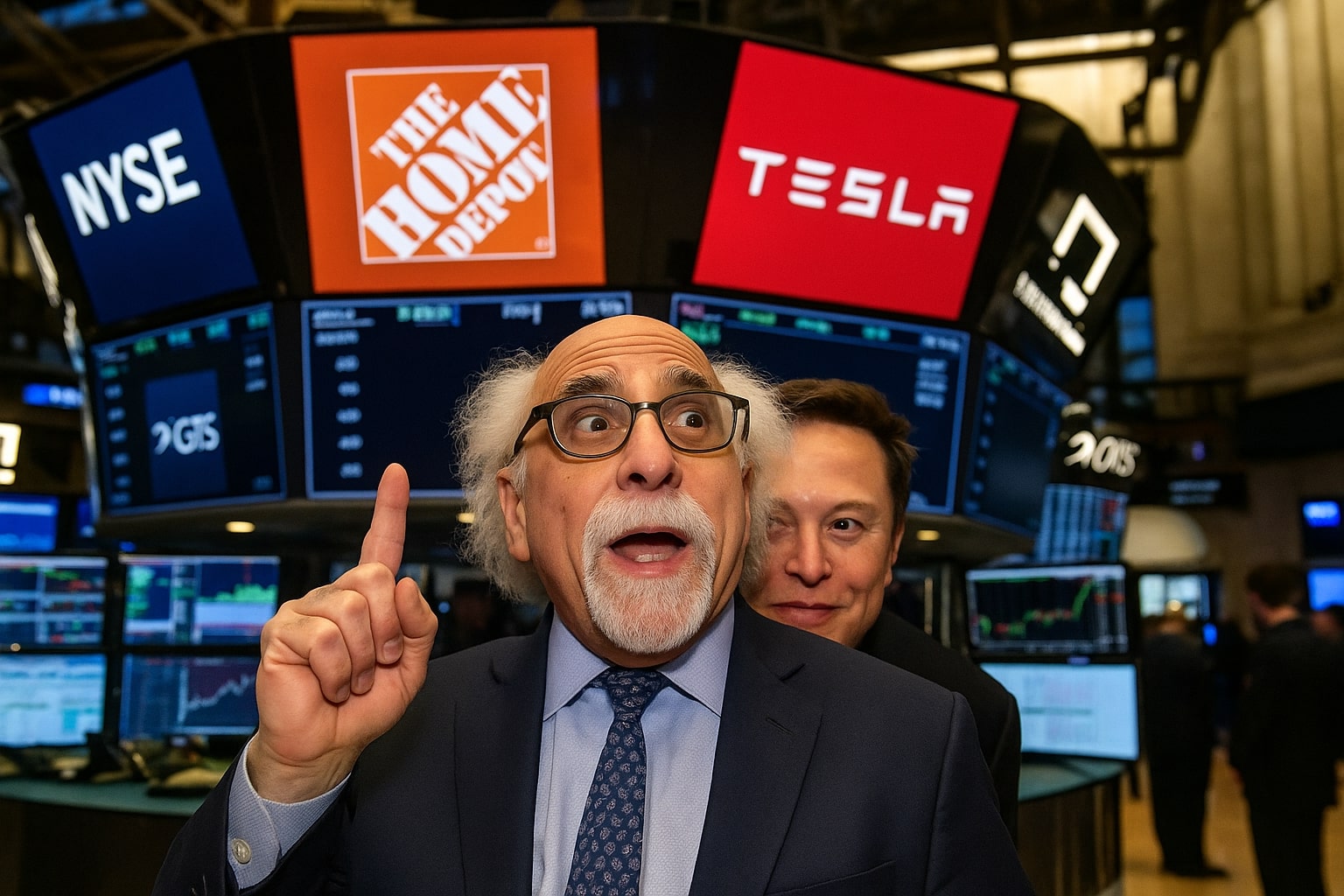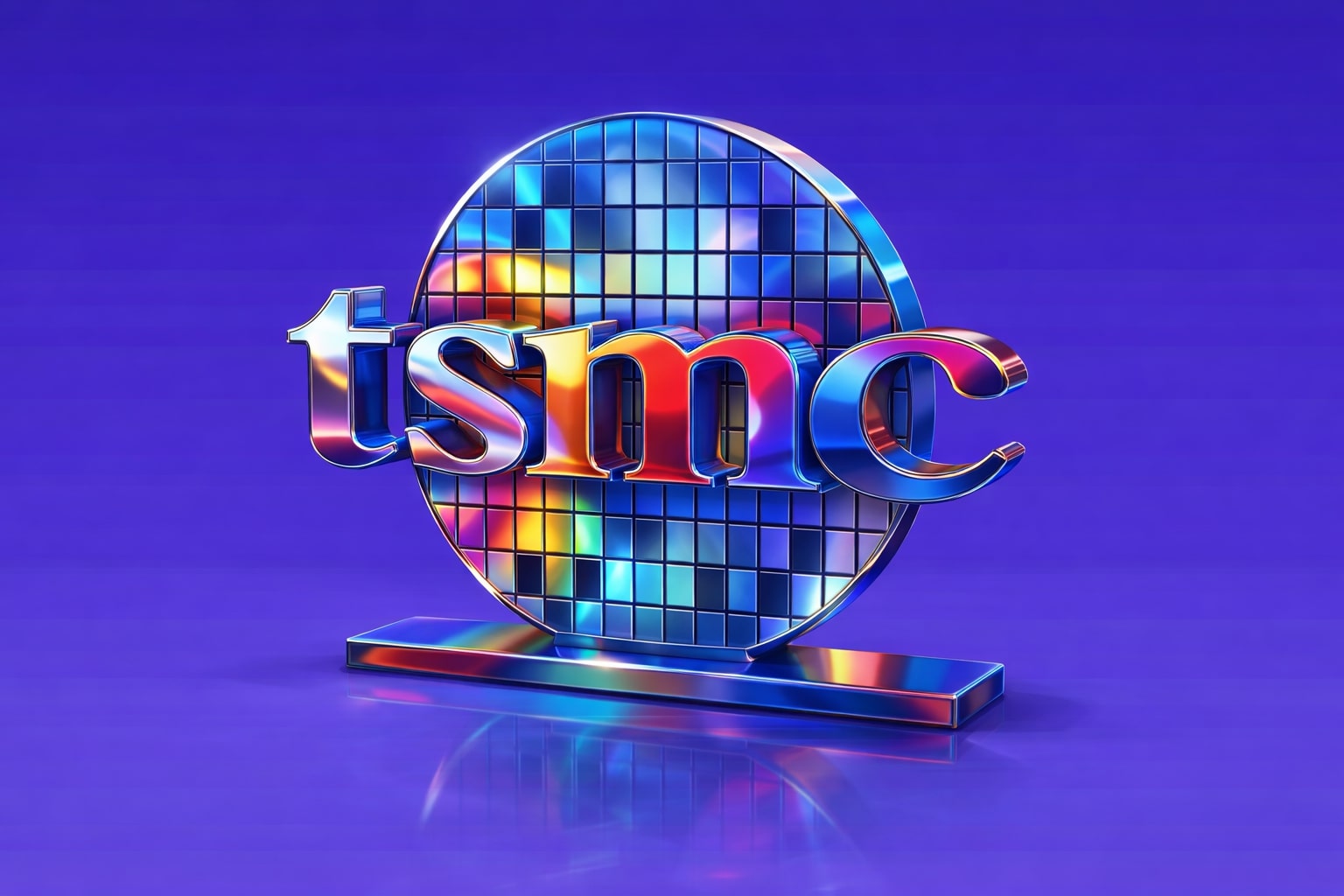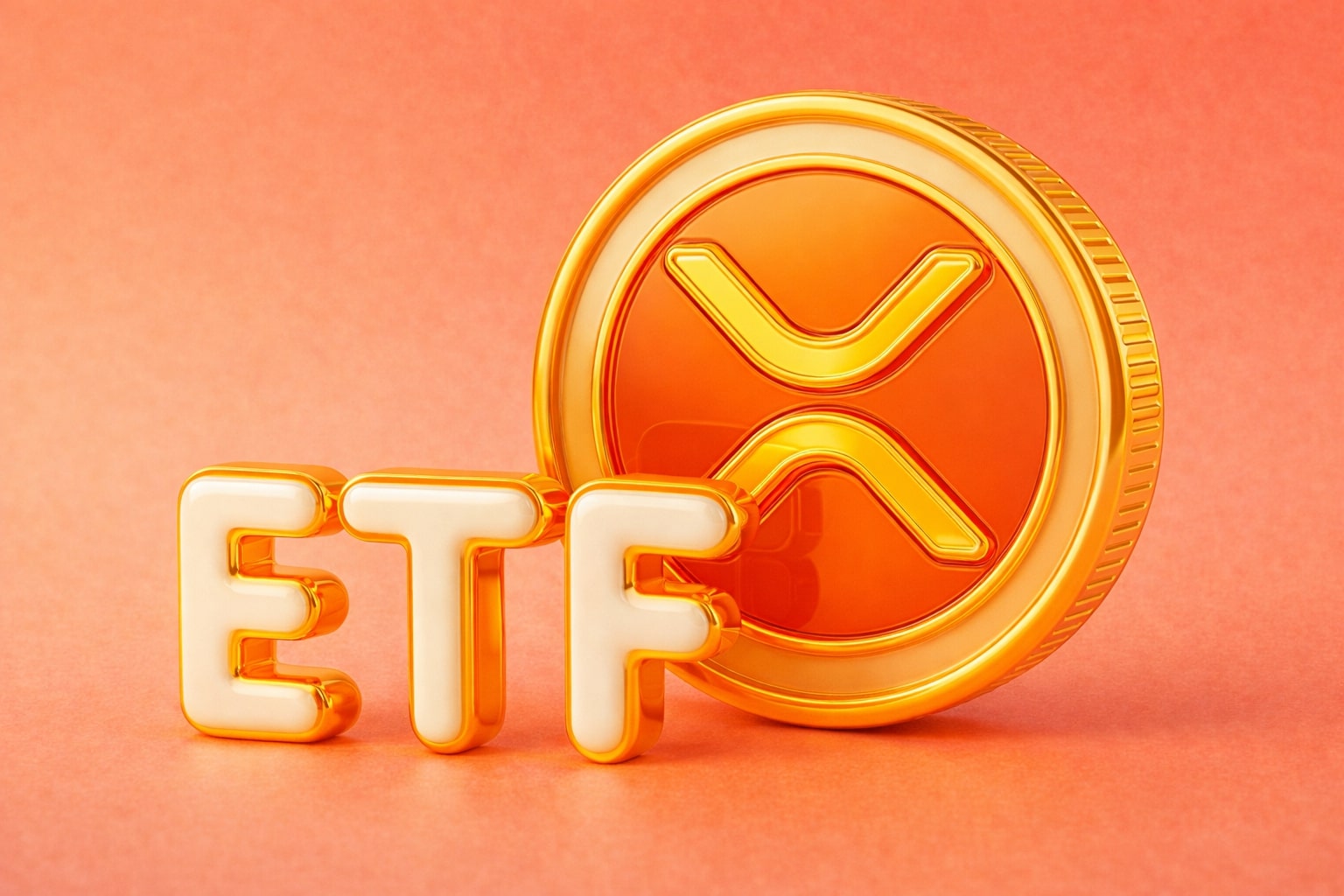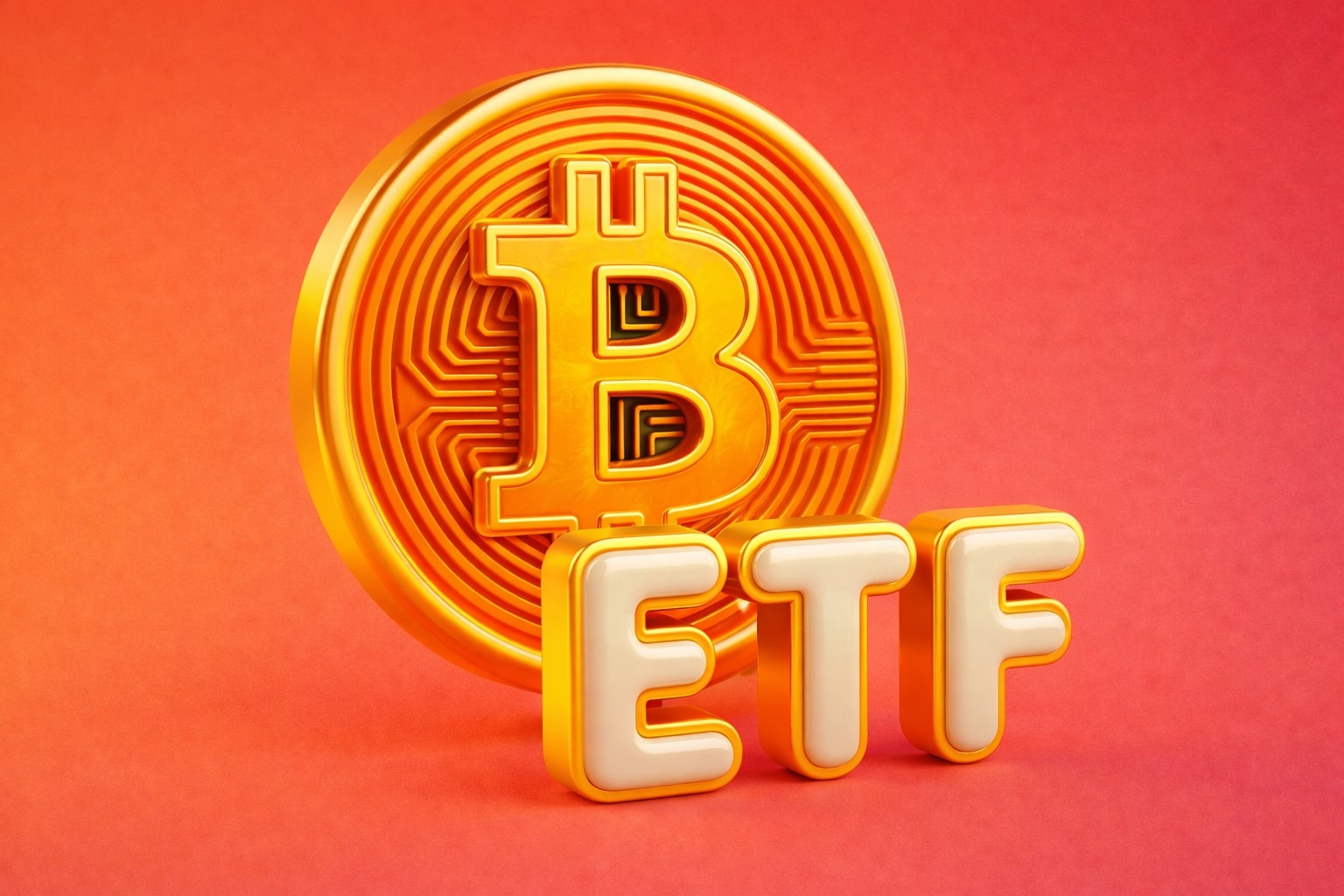S&P 500 and Dow Jones Show Signs of Weakness Amid Rising Inflation Fears
The US stock market futures saw a retreat on Tuesday morning, signaling a temporary halt in the recent rally that had been buoyed by investor optimism surrounding the easing of trade tensions and cooling inflation. The S&P 500 futures (ES=F) dropped by 0.3%, while the Dow Jones Industrial Average futures (YM=F) lost 0.1%, and the Nasdaq 100 futures (NQ=F) decreased by 0.4%. This follows a modest gain in the previous session, where the S&P 500 marked its sixth consecutive day of growth, closing up by 0.09%. Investors are now recalibrating their expectations as they face growing concerns about global trade dynamics and the US fiscal situation.
Economic Outlook and Trade Tensions: A Shaky Rebound
The optimism seen in the market had stemmed from the US-China trade deal that temporarily rolled back tariffs, which helped alleviate some of the fears over a full-blown trade war. This deal initially boosted market sentiment, particularly in tech-heavy indices like the Nasdaq 100 (NQ=F). However, the relief may have been premature as uncertainties persist. The tariffs, while reduced, remain elevated, and there is no clear indication of a permanent resolution. JPMorgan's CEO Jamie Dimon warned that the relief rally might be short-lived, noting that while tariffs have been eased, the impact of prolonged trade tensions is far from over.
In addition to trade concerns, the Federal Reserve’s stance on interest rates remains a key factor in shaping market sentiment. Despite some relief from inflationary pressures, there is growing uncertainty about when the Fed will begin cutting rates. Several officials have indicated that rate cuts are unlikely until September at the earliest, adding another layer of caution for investors. These mixed signals from the Fed and concerns about US fiscal health are contributing to the volatility observed in S&P 500 futures and other indices.
Tariff Impact on Corporate Earnings: Retail Giants Brace for Price Hikes
The effects of tariffs are also becoming more apparent in the earnings reports from major US retailers. Walmart (WMT) recently highlighted the impact of tariffs on consumer prices, with rising costs potentially squeezing margins. Home Depot (HD) is expected to provide more insights on this when it reports its earnings on Tuesday, with analysts keen to assess whether rising prices are dampening consumer spending. The retail sector remains on edge as higher costs could begin to weigh more heavily on consumer demand, particularly for big-ticket items.
The ongoing tariff discussions are not just a US issue—they have global ramifications. As major players in the market like Home Depot face higher costs, the broader economy could be at risk of experiencing a slowdown in consumption. Additionally, the Fed's decisions on rates will be heavily influenced by the economic fallout from tariffs and global trade disputes.
European Stocks Poised for Outperformance in 2025
While US equities struggle with these headwinds, European stocks have shown resilience, and some analysts predict that European markets could outperform their US counterparts for the first time in decades. The Stoxx Europe 600 Index (^STOXX) is projected to see modest gains, up by 1% from current levels, ending the year around 554 points. This contrasts sharply with the S&P 500's projected trajectory, which has already reached within 3% of its record high. The Stoxx 600's outperformance could be fueled by strong corporate earnings and fiscal reforms in Germany, which have boosted investor confidence in the region. According to JPMorgan and Citigroup, European stocks may rise by as much as 25% more than US stocks in 2025, driven by improved earnings prospects and better fiscal management.
The relative stability in Europe compared to the US also stems from the fact that European economies are less exposed to the intense trade war rhetoric between the US and China. As the global market adapts to geopolitical tensions, European equities may present a safer alternative for investors seeking stability amid global uncertainty.
CATL Stock Surge: A Bright Spot in the Tech Sector
In other market developments, Contemporary Amperex Technology Co. (3750.HK), the Chinese battery giant and key supplier to Tesla (TSLA), had a standout debut on the Hong Kong Stock Exchange, with its stock surging by 16% on its first trading day. The company raised $4.6 billion in its initial public offering, which marks the largest IPO of 2025. The positive reception is a reflection of strong investor interest in the electric vehicle sector, despite the ongoing tensions between the US and China. With CATL being a major player in the battery production space, the company's market debut is viewed as a bullish signal for the sector, especially considering its role in supplying crucial components for Tesla's electric vehicles.
Analysts are optimistic about the future prospects of CATL, predicting that its shares could rise by as much as 50% over the next year. This growth potential is largely driven by the company's strong earnings and attractive valuations compared to other market players. Investors are looking closely at CATL's performance as a leading indicator for the EV supply chain and its ability to maintain a competitive edge amid growing demand for clean energy solutions.
Oil Market Dynamics: Fluctuating Prices Amid Political Uncertainty
Turning to the oil market, Brent crude (BZ=F) traded near $65.40 per barrel, while WTI crude (CL=F) remained below $63. The market has been under pressure from concerns about the potential for a US-Iran nuclear deal, which could ease sanctions and increase oil supply. While such a deal would theoretically help alleviate oil prices, it could also exacerbate the global oversupply situation, already complicated by the OPEC+ production increase in June. OPEC+'s decision to raise output by 411,000 barrels per day will likely add to the glut of oil in the market, which has already seen Brent prices fall by nearly 16% in April alone.
However, the oil market has shown signs of recovery, with Brent prices recovering from the slump and stabilizing around $65 per barrel. Political developments, particularly in Ukraine and the Middle East, continue to shape market expectations. The impact of a potential reduction in sanctions on Russia and Iran could provide additional barrels to an already oversupplied market, keeping oil prices volatile in the short term.
Treasury Market: Concerns Over Rising Yields and Credit Downgrade
In the bond market, US Treasury yields have seen a slight dip as concerns about the US fiscal situation continue to grow. The Moody's downgrade of the US government’s credit rating has caused ripple effects throughout the Treasury market. Yields on long-dated US Treasurys remain elevated, despite the downgrade, reflecting ongoing concerns about US fiscal health and the country’s long-term debt trajectory. The looming debt ceiling talks are expected to add further volatility to Treasury yields as investors monitor developments closely.
Federal Reserve's Role: Balancing Economic Risks
As market participants grapple with the complexities of US fiscal policy, the Federal Reserve’s role in managing economic risks is under intense scrutiny. Federal Reserve Chairman Jerome Powell has repeatedly warned about the unsustainable trajectory of US deficits, emphasizing that the Fed cannot fix the nation’s fiscal issues alone. The Fed’s interest rate policy remains a key focus, with several Fed officials signaling that rate cuts are unlikely until September. This adds another layer of uncertainty to the markets, particularly as concerns about the broader economic slowdown and trade tensions persist.
In conclusion, the market continues to face a complex array of factors driving its direction. S&P 500 futures (ES=F) and other indices are reacting to a mixture of global trade dynamics, fiscal concerns, and geopolitical risks. As oil prices remain volatile, and stocks like CATL show strong growth potential, investors will need to remain vigilant and consider a diversified approach to navigating the market’s ups and downs. While the US faces challenges, European stocks could offer a safer haven in the short term, and the technology sector, led by CATL, continues to present significant opportunities for growth.



















